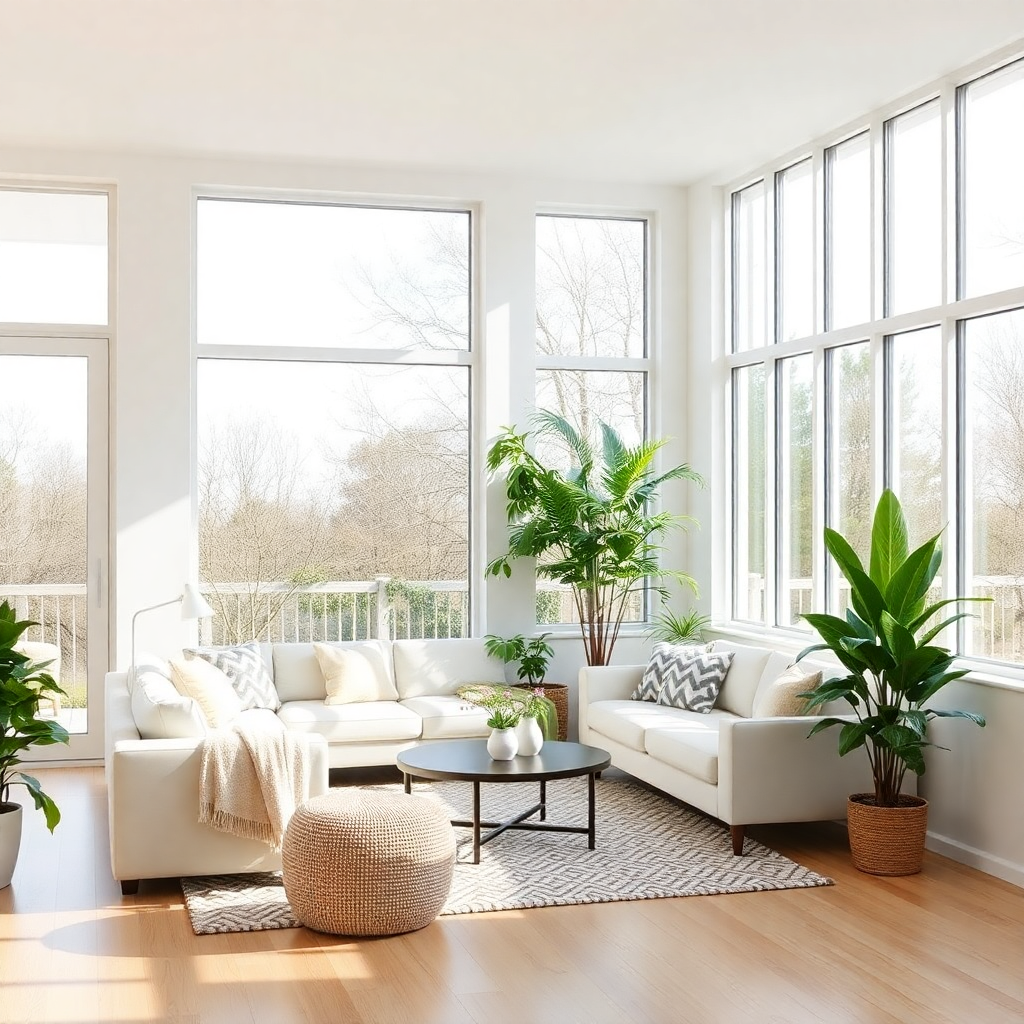Turn Your Home into a Haven of Relaxation and Well-Being! Your home should be a place where you can unwind, recharge, and feel at ease. A relaxing home environment not only improves mental health but also enhances physical well-being. By making thoughtful changes to your space, you can create a soothing atmosphere that promotes comfort and tranquility.
Small, intentional changes can have a profound impact on how you feel at home. From reducing clutter to adding elements of nature, every detail contributes to a peaceful environment. The goal is to make your home a true retreat from the outside world, where stress fades and relaxation takes over.
Here are 12 smart ways to transform your home into a sanctuary of well-being, helping you cultivate an atmosphere of calmness, comfort, and joy.
1. Incorporate Natural Light

Natural light plays a crucial role in creating a positive and vibrant living space. Sunlight not only brightens up a room but also boosts mood and energy levels. Exposure to natural light helps regulate your sleep-wake cycle, leading to improved overall health and well-being.
To maximize natural light, arrange furniture to allow unobstructed sunlight to enter your home. Use sheer curtains instead of heavy drapes and incorporate mirrors to reflect light throughout the space. If possible, opt for light-colored walls and ceilings, as they help bounce natural light and make rooms feel more open and airy.
If your home lacks sufficient natural light, consider using daylight-mimicking bulbs. These lights provide the same benefits as natural sunlight, helping to improve mood and productivity. By enhancing natural and artificial lighting, you create a brighter, more uplifting environment.
2. Use Calming Colors in Your Décor
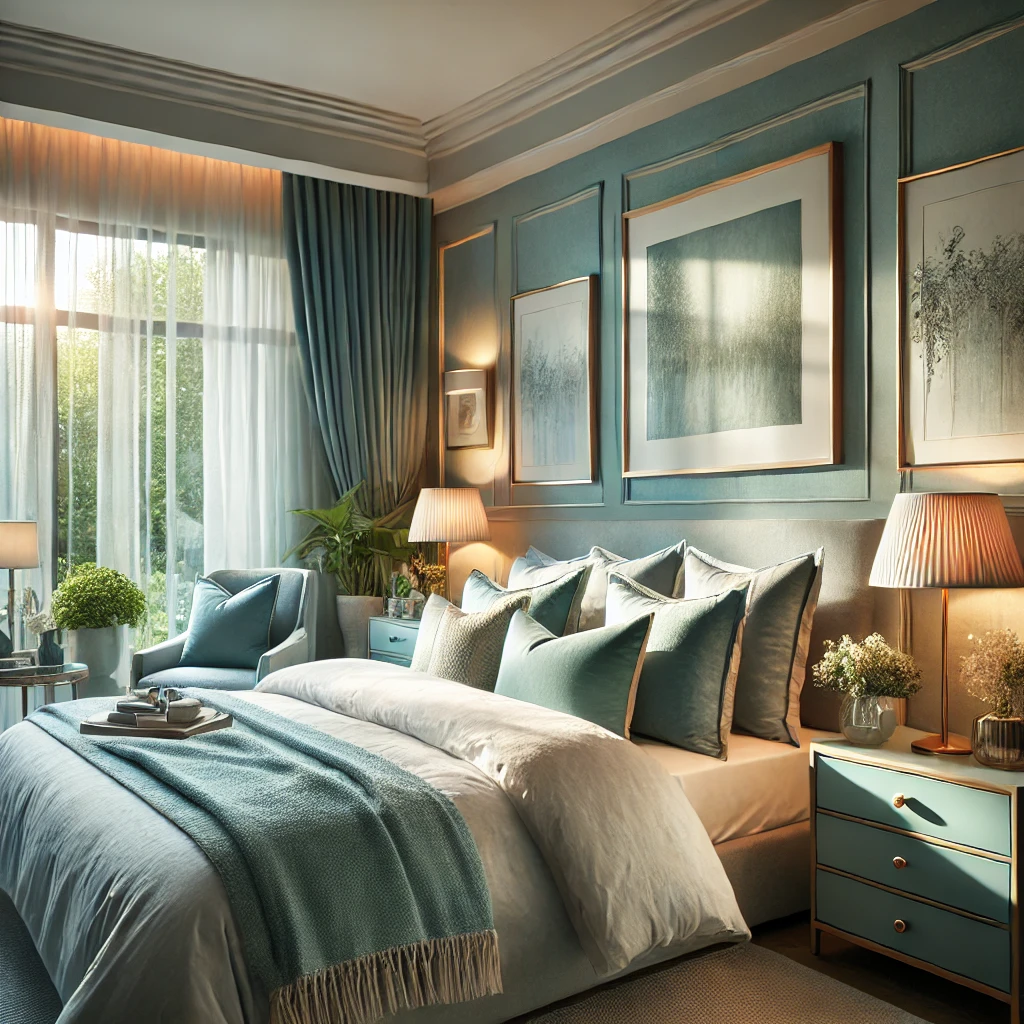
Color psychology plays a significant role in shaping the ambiance of your home. Certain colors have a naturally soothing effect on the mind, making them ideal for a relaxing space. Soft blues, greens, and neutral tones promote a sense of calm and reduce stress levels.
When choosing colors, consider the atmosphere you want to create in each room. Bedrooms and living areas benefit from muted hues, while accent pieces in calming tones can enhance the overall aesthetic. Painting walls, selecting furniture, or adding decorative elements in these shades can help set a peaceful tone.
If you’re not ready for a full color transformation, start with small updates. Throw pillows, rugs, and wall art in relaxing hues can make a significant difference without major renovations. A cohesive color palette creates harmony, making your home a visually soothing retreat.
3. Bring Nature Indoors with Plants
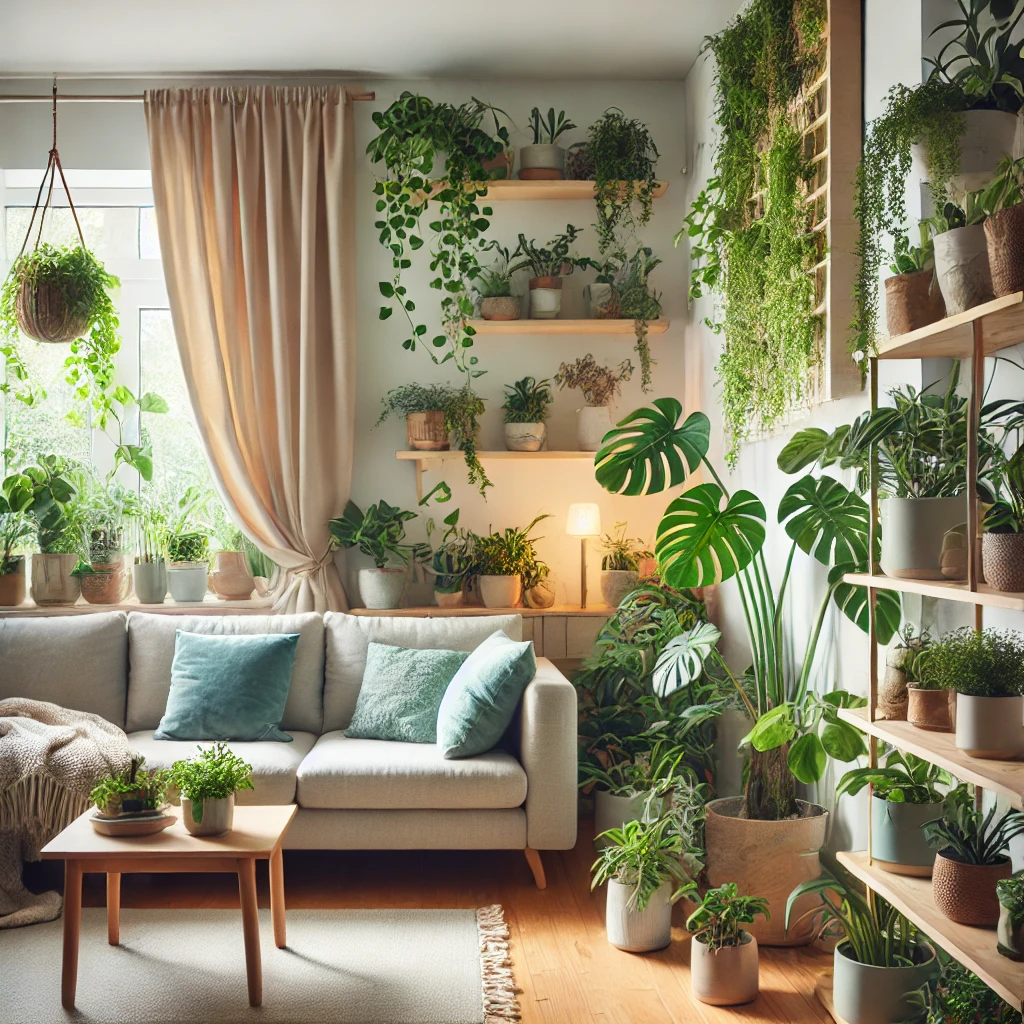
Indoor plants offer more than just aesthetic appeal—they contribute to a healthier and more relaxing home environment. Plants help purify the air, reducing toxins and increasing oxygen levels. Their presence also fosters a connection to nature, which can lower stress and boost overall well-being.
Low-maintenance plants like snake plants, peace lilies, and pothos are excellent choices for beginners. These plants thrive in various conditions and require minimal care, making them perfect additions to any home. Herbs like lavender and rosemary also provide calming scents, adding another layer of relaxation.
Beyond potted plants, consider incorporating greenery in creative ways. Hanging planters, vertical gardens, or terrariums can add a touch of nature without taking up much space. Surrounding yourself with plants enhances tranquility, making your home feel fresher and more inviting.
4. Reduce Clutter for a Clear Mind
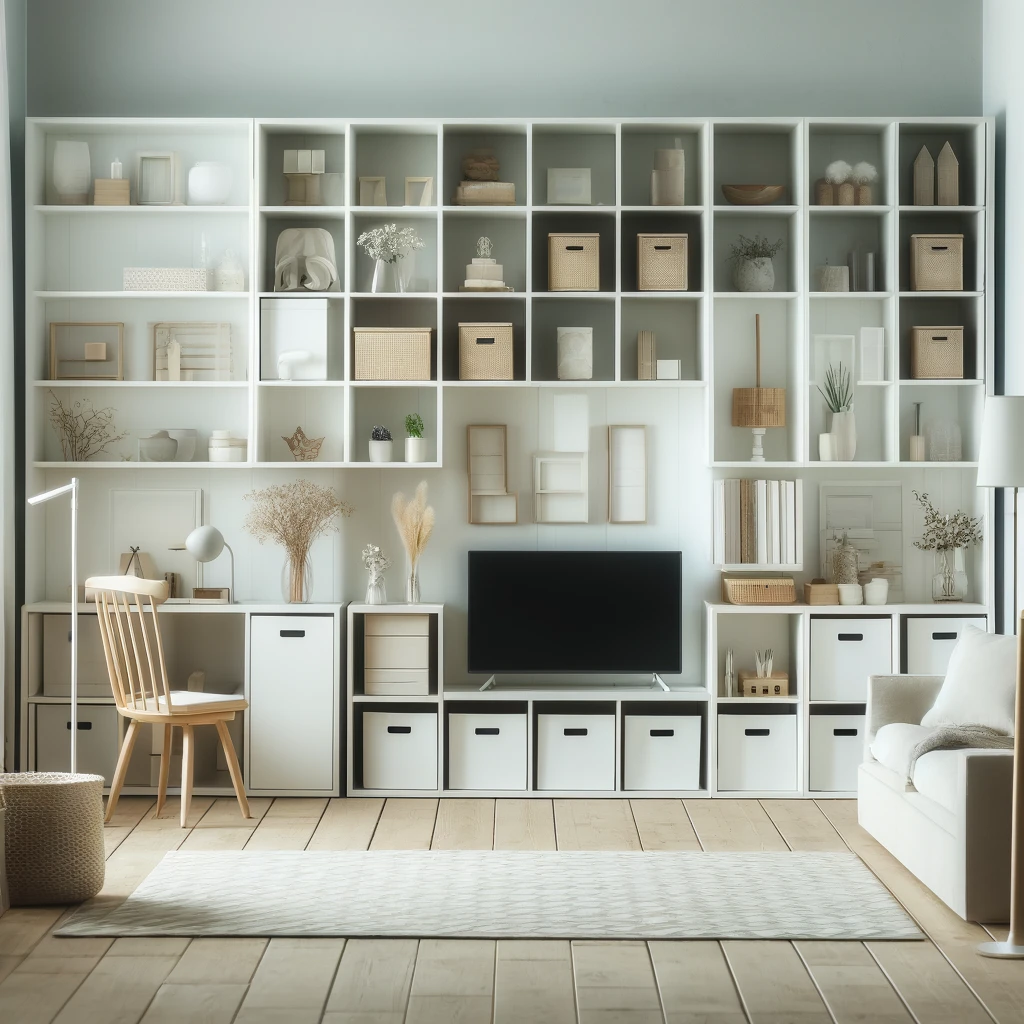
Clutter can be a major source of stress, making it difficult to relax at home. A messy environment can create mental overload, leading to anxiety and distraction. Organizing and decluttering your space helps clear both your physical and mental space.
Start by assessing each room and removing items that no longer serve a purpose. Use the “one in, one out” rule—whenever you bring in a new item, remove an old one. Investing in smart storage solutions like baskets, shelves, and multi-functional furniture can help maintain organization.
Maintaining a clutter-free space requires consistent effort, but the benefits are worth it. An organized home fosters a sense of calm and efficiency, allowing you to enjoy your space without feeling overwhelmed. By simplifying your surroundings, you create a more peaceful and enjoyable living environment.
5. Create a Cozy and Comfortable Space

Comfort is key to a relaxing home, and soft textures play a vital role in creating a cozy atmosphere. Plush rugs, throw blankets, and fluffy pillows add warmth and make spaces feel more inviting. Layering different textures enhances comfort, transforming any room into a sanctuary.
Lighting also impacts the ambiance of a space. Harsh, bright lights can feel overwhelming, while warm, dim lighting creates a soothing effect. Use table lamps, fairy lights, or candles to achieve a softer glow, helping to establish a relaxed and cozy environment.
A well-designed cozy space encourages relaxation and unwinding. Whether it’s a dedicated reading nook, a snug corner with oversized cushions, or a plush sofa, creating comfort enhances the overall sense of well-being in your home.
6. Introduce Aromatherapy for a Tranquil Atmosphere
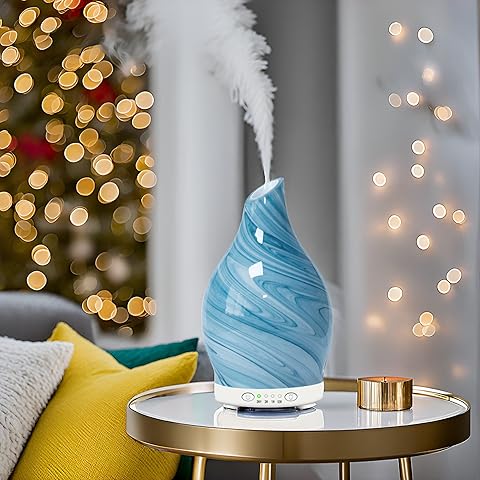
Scents have a powerful impact on emotions and can help create a calming atmosphere at home. Aromatherapy, using essential oils or scented candles, promotes relaxation and reduces stress. Lavender, chamomile, and eucalyptus are particularly effective for fostering tranquility.
Diffusers, candles, and room sprays are great ways to introduce aromatherapy into your space. Placing a diffuser in your bedroom or living area ensures a continuous flow of relaxing scents. You can also add a few drops of essential oil to pillows or linens for a soothing bedtime experience.
Creating signature scents for different rooms can enhance the overall ambiance. Fresh citrus in the kitchen, floral notes in the bedroom, and earthy tones in the living room contribute to a well-balanced and serene home.
7. Prioritize a Clean and Fresh Environment
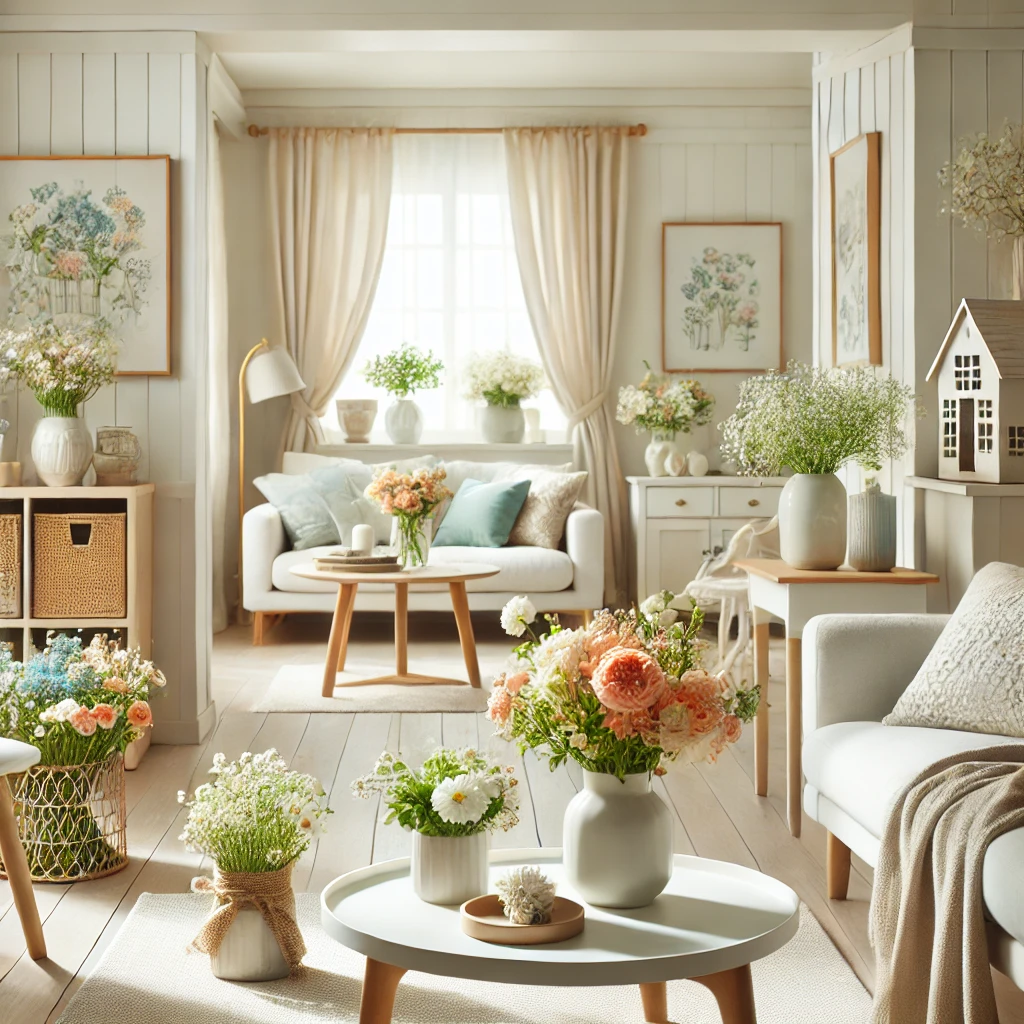
A clean home fosters relaxation and promotes well-being. Dust, allergens, and unpleasant odors can create discomfort and even impact your health. Regular cleaning and proper ventilation keep your space feeling fresh and inviting.
Invest in air purifiers to improve indoor air quality and use natural cleaning products to avoid harsh chemicals. Open windows daily to let in fresh air and eliminate stagnant indoor pollutants. Fresh-smelling rooms contribute to a more enjoyable and stress-free living space.
By keeping your home tidy and fresh, you create a healthier environment for both body and mind. Simple habits like making your bed, wiping surfaces, and doing laundry regularly contribute to a relaxing atmosphere.
8. Designate a Tech-Free Zone

Excessive screen time can disrupt relaxation and sleep, making it harder to unwind at home. Creating a space free from digital distractions allows you to fully relax and enjoy your surroundings. A tech-free zone helps reduce stress and encourages more mindful living.
Choose an area in your home, like a reading nook or bedroom, to be completely free of screens. Fill the space with cozy seating, soft lighting, and engaging activities that don’t involve electronics. This creates a calming retreat where you can truly disconnect and recharge.
Engage in tech-free activities that promote relaxation, such as reading, journaling, meditation, or simple mindfulness exercises. Encouraging family members to embrace this space can strengthen connections and enhance overall well-being.
9. Create a Soothing Soundscape
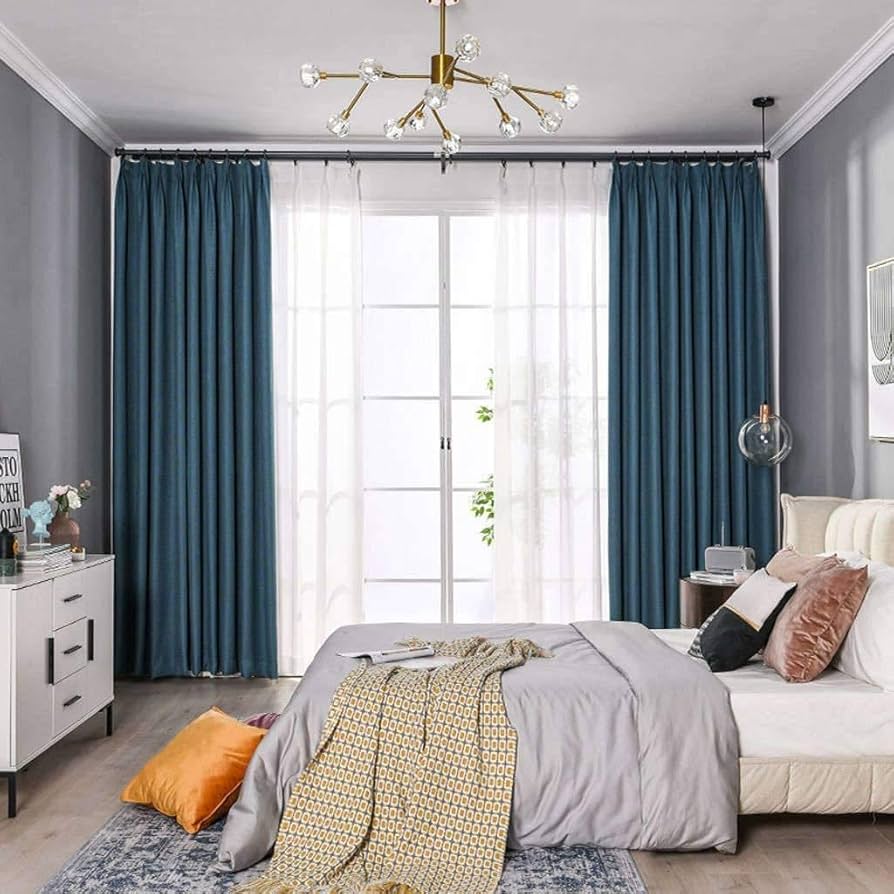
Sound has a powerful effect on relaxation and mental well-being. Constant exposure to noise pollution—whether from traffic, electronics, or household activity—can contribute to stress and fatigue. On the other hand, a carefully curated soundscape can promote calmness, improve focus, and even enhance sleep quality.
One of the easiest ways to create a peaceful atmosphere is by using white noise machines, nature sounds, or calming music. White noise helps mask unwanted background noise, making it easier to concentrate or relax. Nature sounds, like ocean waves or rustling leaves, bring a sense of tranquility, while soft instrumental or classical music can set a soothing tone throughout the day.
In addition to playing calming sounds, the materials in your home can influence noise levels. Hard surfaces amplify noise, while soft fabrics and rugs absorb sound and create a quieter environment. Adding plush rugs, upholstered furniture, and thick curtains can help dampen excess noise, making your home a more peaceful retreat.
10. Make Your Bedroom a Sleep Sanctuary
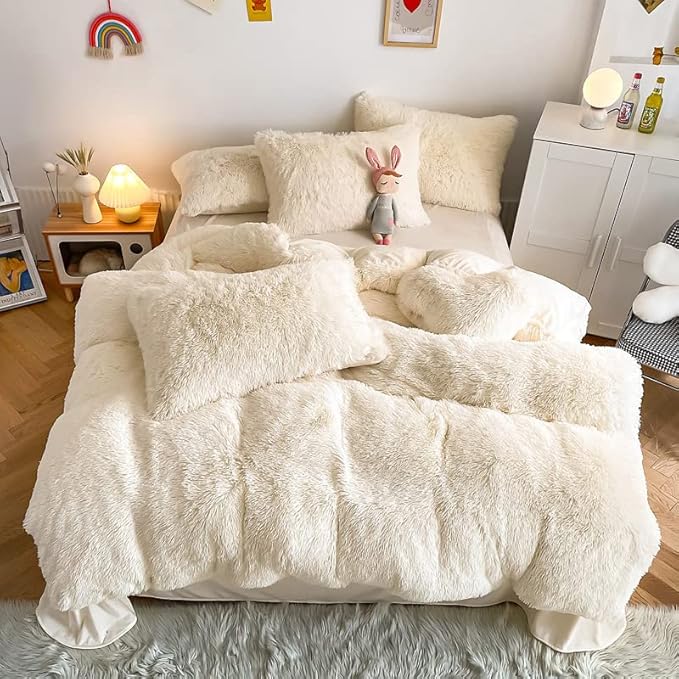
A good night’s sleep is essential for overall well-being, and your bedroom plays a crucial role in promoting restful sleep. A well-designed sleep environment can improve sleep quality, boost mood, and increase daily productivity.
Choosing the right mattress and bedding is key to comfort. Opt for a mattress that supports your sleeping style and invest in high-quality, breathable sheets. Blackout curtains can help block out external light, creating an optimal sleep setting.
Establishing a calming nighttime routine also enhances sleep quality. Avoid screens before bedtime, engage in relaxing activities like reading or meditation, and keep your bedroom clutter-free for a serene atmosphere.
11. Personalize Your Space for Comfort and Joy

Your home should reflect your personality and bring you joy. Adding personal touches makes a space feel more inviting and meaningful, contributing to a greater sense of comfort.
Displaying sentimental items, such as family photos, heirlooms, or travel souvenirs, creates a sense of nostalgia and warmth. Meaningful artwork and décor also add to the ambiance and make your space uniquely yours.
Balancing aesthetics with comfort ensures a home that is both stylish and cozy. Mixing functional décor with personal elements fosters a space where you can truly relax and feel at ease.
12. Incorporate Mindfulness and Relaxation Areas
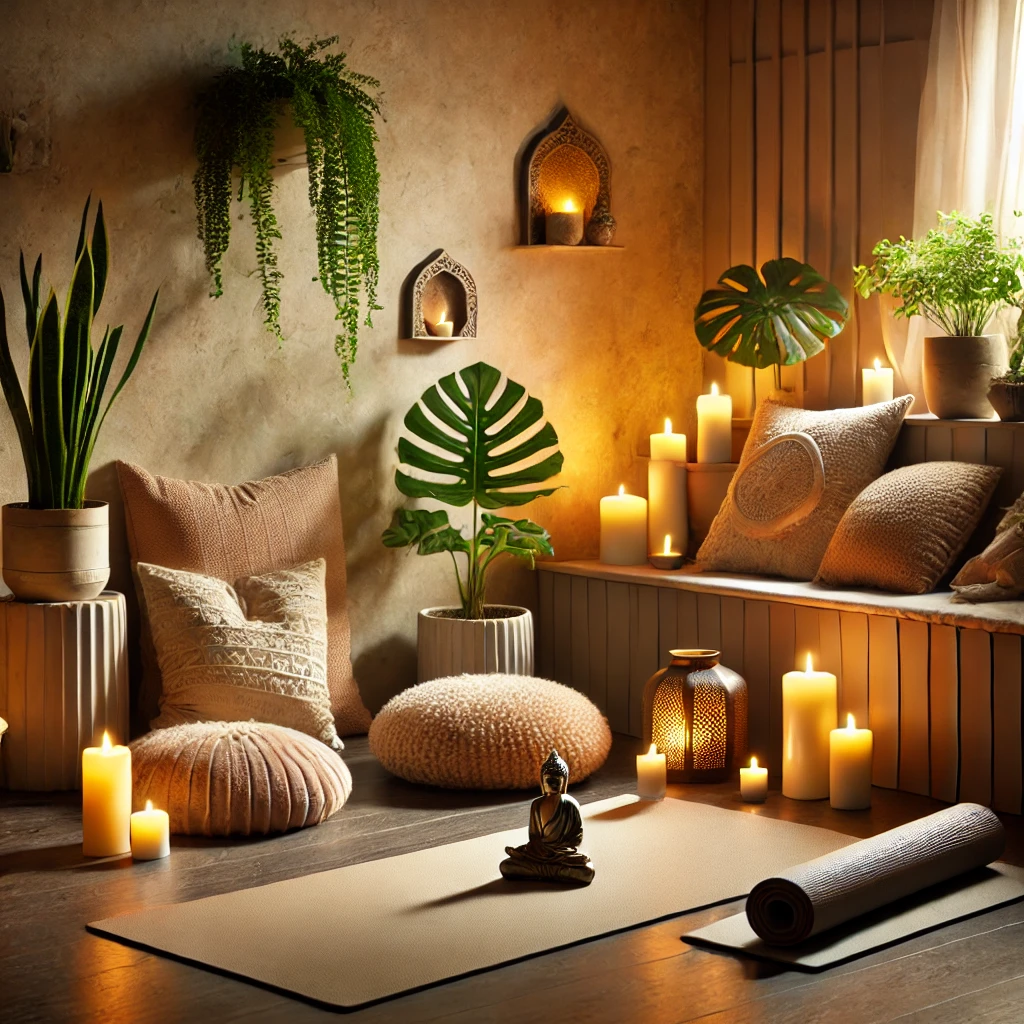
Having a designated space for relaxation helps cultivate mindfulness and inner peace. A dedicated corner for self-care activities allows you to unwind and recharge.
Create a small meditation or yoga nook with comfortable cushions, soft lighting, and calming décor. Even in small spaces, a mindful retreat can be designed to encourage relaxation.
By incorporating these spaces into your home, you create an environment that supports well-being and reduces stress. Prioritizing self-care in your surroundings fosters a peaceful and harmonious home.
Conclusion
Transforming your home into a haven of relaxation and well-being is about making mindful choices that promote comfort, health, and peace. From incorporating natural light to adding cozy textures, small changes can have a big impact on how you feel in your space.
By decluttering, embracing calming colors, and bringing in elements of nature, you can cultivate an environment that reduces stress and enhances overall well-being. Prioritizing relaxation in your home helps create a daily retreat from the outside world.
Start with just one or two changes, and gradually build your way toward a more peaceful and harmonious home. The effort will be well worth it as you enjoy a sanctuary designed for rest, rejuvenation, and happiness.

